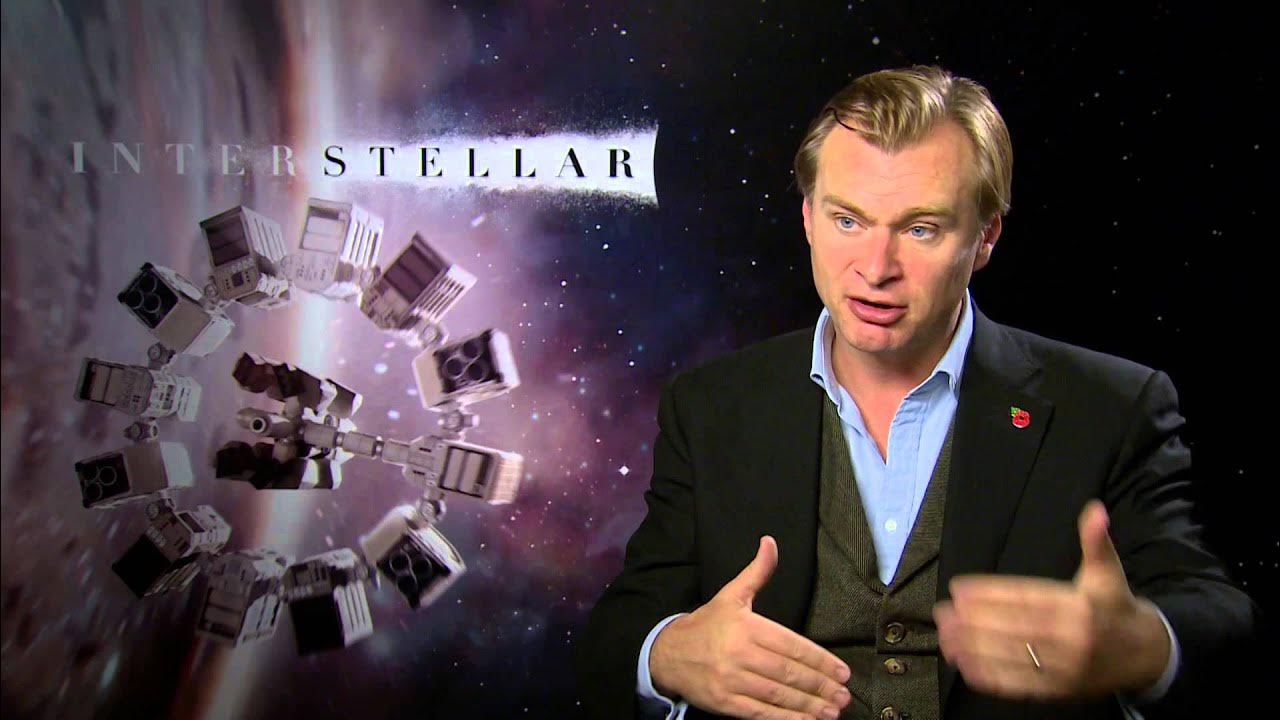
Special effects have been the backbone of Hollywood’s most iconic moments, transforming ordinary footage into breathtaking visual masterpieces. Over the decades, filmmakers have combined creativity, technology, and craftsmanship to create groundbreaking effects that transport audiences into other worlds. This comprehensive guide explores the evolution of special effects in Hollywood, from their practical beginnings to the limitless possibilities of CGI.
The Dawn of Special Effects: Silent Films and Practical Magic
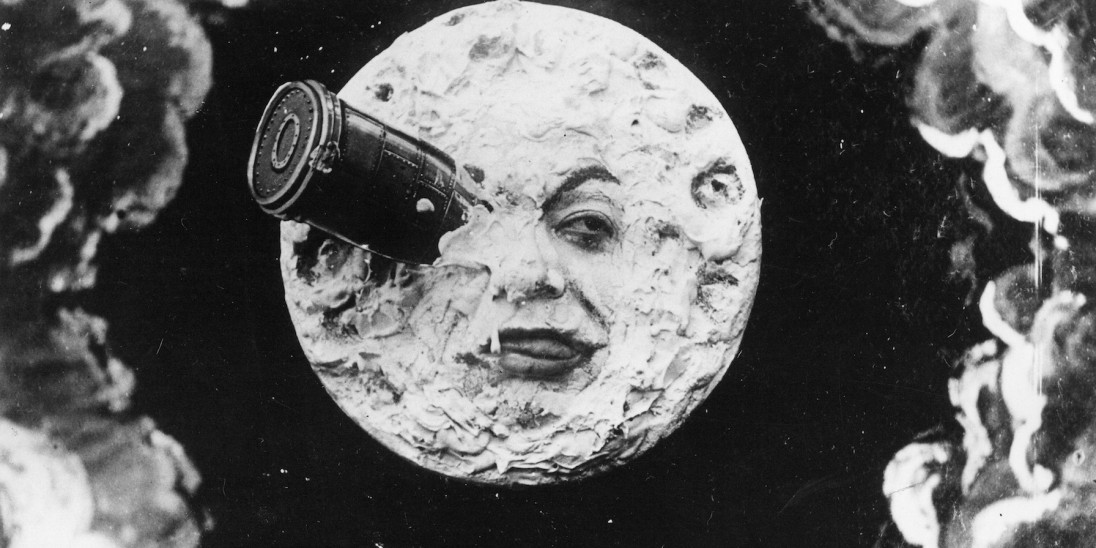
Cinema’s earliest days were defined by creativity and experimentation. Without access to advanced technology, early filmmakers relied on ingenuity to create visual effects.
Key Innovations of the Silent Era:
Stop-Motion Animation: Georges Méliès, a pioneer of cinema, popularized stop-motion techniques in films like A Trip to the Moon (1902). This approach allowed objects to appear animated by capturing frame-by-frame movements.
Double Exposure: Méliès and other filmmakers used this technique to overlay images, creating effects such as ghostly apparitions.
Hand-Painted Frames: To add color to their black-and-white films, early directors painstakingly hand-painted individual frames, as seen in Méliès’s works.
Cultural Impact:
These practical effects captivated audiences unfamiliar with cinematic illusions, setting the stage for the development of visual storytelling.
The Golden Age of Practical Effects: 1920s to 1940s
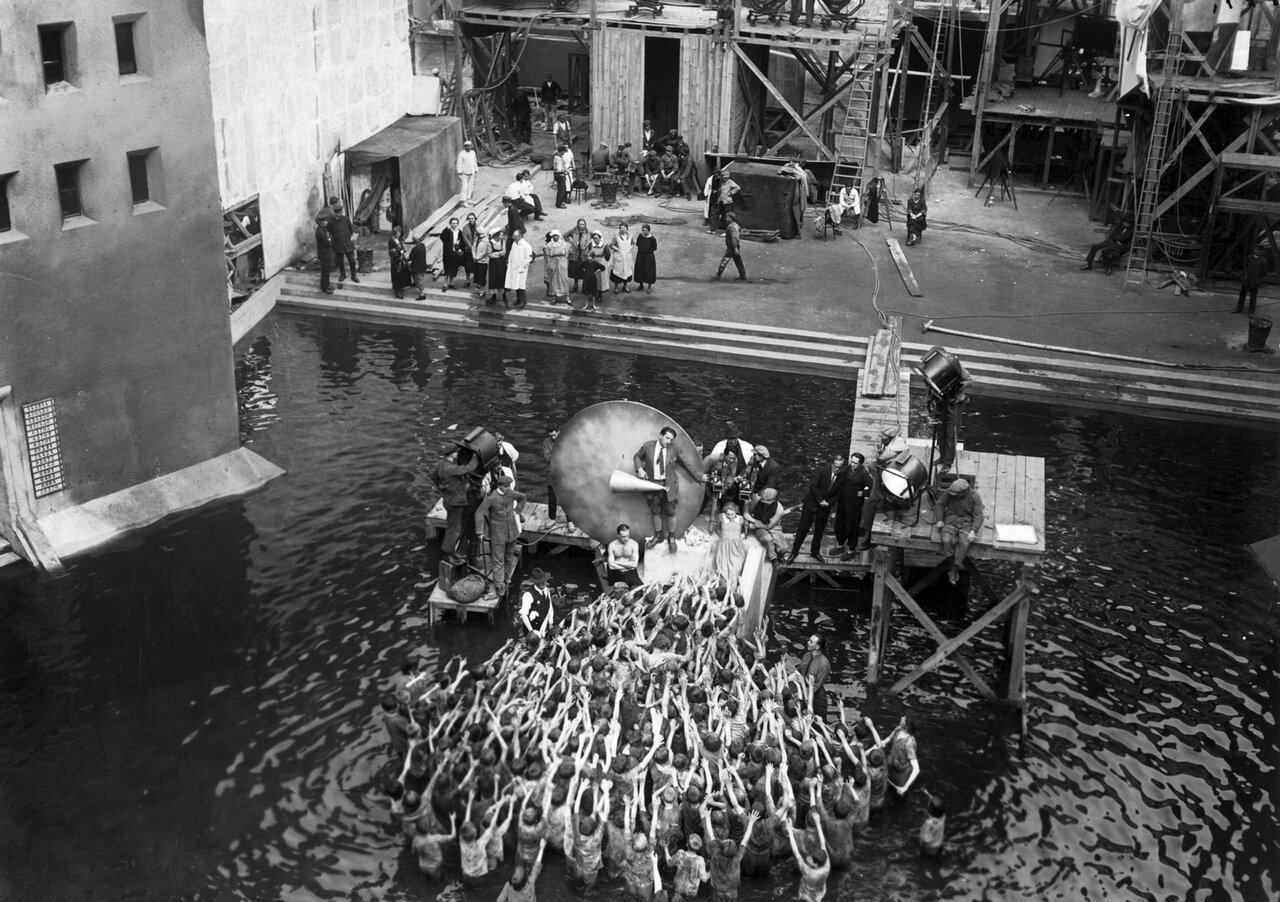
The Golden Age of Hollywood saw a refinement of practical techniques as filmmakers sought to create ever-grander spectacles. Studios invested heavily in effects departments, leading to innovations that defined the era.
Key Techniques:
Miniatures and Models: Films like Metropolis (1927) utilized intricate scale models to depict sprawling futuristic cities.
Matte Paintings: Artists painted elaborate backgrounds on glass, which were combined with live-action footage to extend sets and landscapes.
Mechanical Effects: Moving parts and rigs were developed to simulate natural events, like earthquakes or explosions, in films like San Francisco (1936).
Notable Films:
King Kong (1933): Willis O’Brien’s groundbreaking stop-motion work brought the titular character to life.
The Wizard of Oz (1939): Combined matte paintings, vibrant colorization, and practical effects to create the magical world of Oz.
The Rise of Science Fiction and Optical Effects: 1950s and 1960s
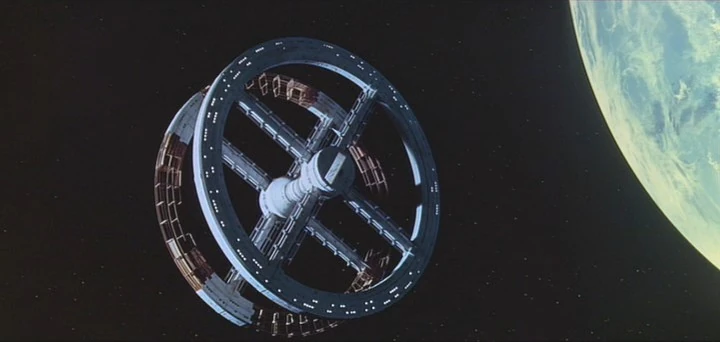
The mid-20th century witnessed the rise of science fiction films, reflecting societal fascination with space exploration and technology. Special effects became more sophisticated, blending practical techniques with new optical methods.
Advances in Technology:
Ray Harryhausen’s Dynamation: Harryhausen perfected a stop-motion process that allowed animated characters to interact seamlessly with live actors, as seen in Jason and the Argonauts (1963).
Optical Printing: Allowed filmmakers to combine multiple layers of film into a single shot, enabling complex composites.
Rear Projection: Frequently used to superimpose moving backgrounds behind actors, such as in driving scenes.
Iconic Films:
The Day the Earth Stood Still (1951): Used practical effects to create Gort, the menacing robot.
2001: A Space Odyssey (1968): Stanley Kubrick’s masterpiece utilized models, slow-motion photography, and rotating sets to depict space travel with stunning realism.
The Blockbuster Era: 1970s to 1980s
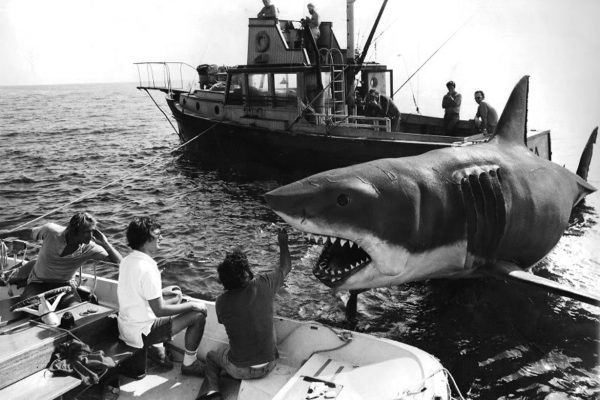
With the advent of blockbusters, directors like George Lucas and Steven Spielberg pushed special effects to new heights. This era saw the merging of practical techniques with emerging computer technologies.
Pioneering Films and Techniques:
Star Wars (1977): George Lucas introduced motion-control cameras, enabling dynamic and precise model photography for space battles.
Close Encounters of the Third Kind (1977): Spielberg utilized animatronics and intricate lighting to depict alien encounters.
Tron (1982): One of the first films to heavily incorporate CGI, although still limited in scope.
The Role of Animatronics:
Films like Jaws (1975) and E.T. the Extra-Terrestrial (1982) relied on mechanical models to create lifelike characters. These animatronics added a tactile realism that complemented visual effects.
The CGI Revolution: 1990s
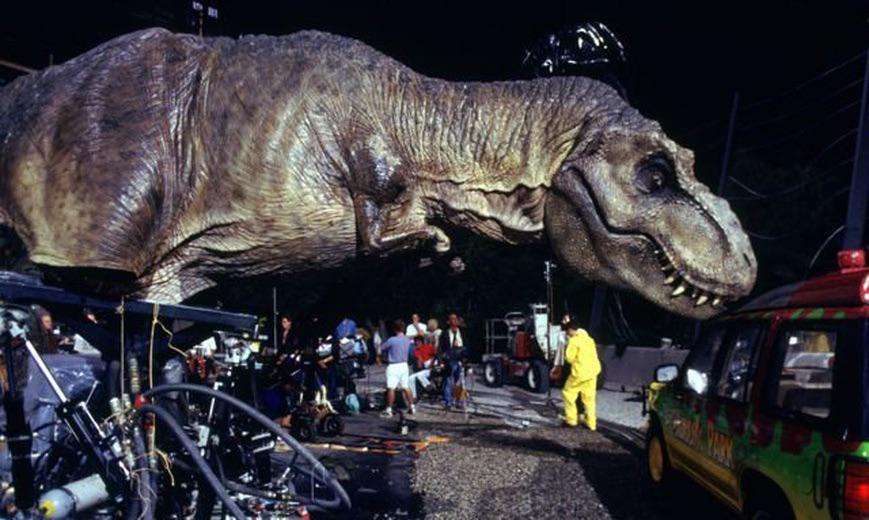
The 1990s marked a turning point in cinema with the widespread adoption of CGI. Advancements in computing power enabled filmmakers to create visuals that were previously impossible.
Milestones in CGI:
Jurassic Park (1993): Combined CGI with animatronics to create realistic dinosaurs that moved fluidly and interacted with live actors.
Toy Story (1995): The first fully computer-animated feature film, showcasing the potential of CGI for storytelling.
The Matrix (1999): Introduced “bullet time,” blending CGI with practical effects to create a groundbreaking visual style.
The Rise of Motion Capture:
Films like The Lord of the Rings trilogy (2001–2003) pioneered motion capture, allowing actors to bring CGI characters like Gollum to life with incredible realism.
Modern Era: Immersive Technologies
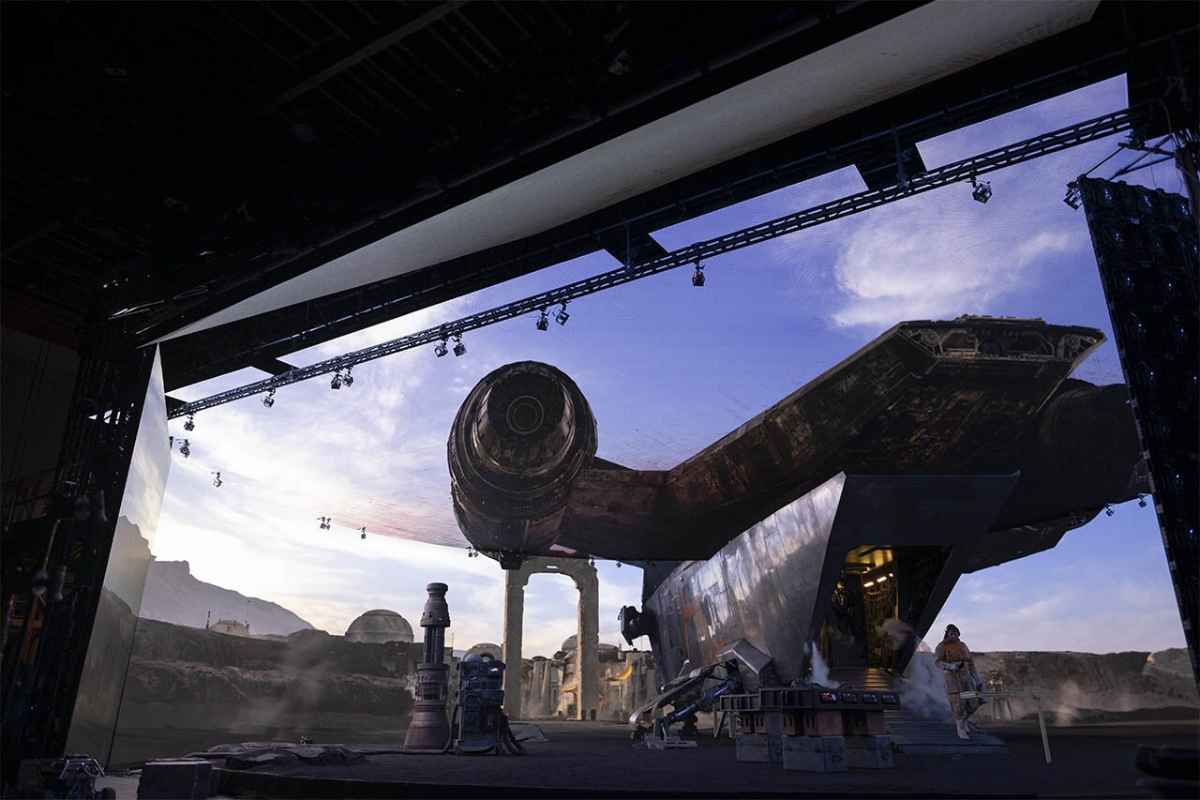
Today’s special effects combine the best of practical techniques and digital innovations, creating unparalleled realism and immersion.
Key Innovations:
Virtual Production: Techniques like those used in The Mandalorian allow actors to perform in real-time CGI environments rendered on LED screens.
AI and Deepfakes: Used to de-age actors or recreate their likenesses, as seen in The Irishman (2019).
Massive Simulations: AI-driven crowd simulations populate large-scale battle scenes in films like Avengers: Endgame (2019).
Notable Achievements:
Avatar (2009): Introduced new motion capture and 3D technologies to create the lush world of Pandora.
Dune (2021): Blended practical effects with CGI to create realistic desert landscapes and massive sandworms.
The Future of Special Effects

The future promises even greater advancements in special effects, driven by AI, real-time rendering, and virtual reality.
Emerging Trends:
Interactive Cinema: Virtual reality experiences that allow viewers to step into the story.
AI-Driven Filmmaking: Tools that automate character creation, crowd simulations, and even script-driven effects.
Hyper-Realistic Rendering: Advances in real-time rendering engines like Unreal Engine blur the line between reality and CGI.
Potential Challenges:
As effects become more accessible, filmmakers must strike a balance between spectacle and storytelling to ensure that visuals enhance, rather than overshadow, the narrative.
Conclusion
From hand-painted frames to virtual production, the evolution of special effects reflects Hollywood’s constant pursuit of innovation. Each era builds upon the last, pushing the boundaries of what’s possible on screen. As technology continues to advance, the magic of cinema will only grow more immersive, captivating audiences in ways we can only begin to imagine.

